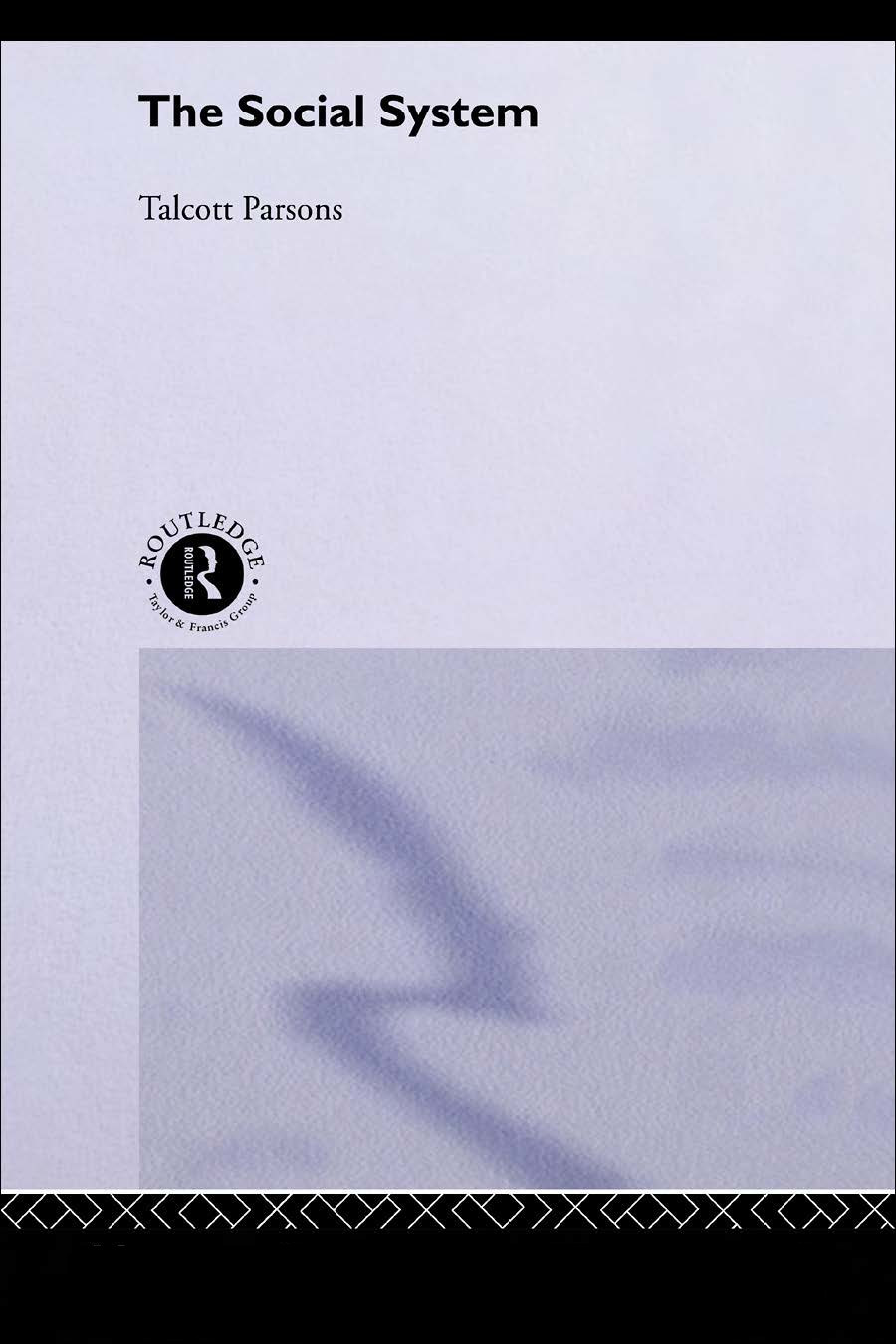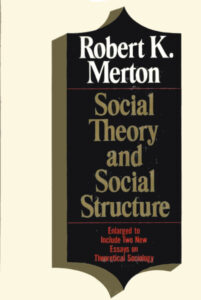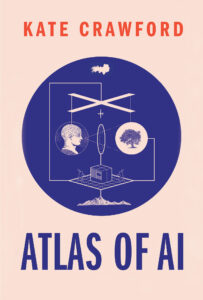Summary
The Social System is an attempt to bring together, in systematic and generalized form, the main outlines of a conceptual scheme for the analysis of the structure and processes of social systems. In the nature of the case, within the frame of reference of action, such a conceptual scheme must focus on the delineation of the system of institutionalized roles and the motivational processes organized about them. Because of this focus and the very elementary treatment of processes of economic exchange and of the organization of political power, the book should be regarded as a statement of general sociological theory, since this is here interpreted to be that part of the theory of the social system which is centered on the phenomena of the institutionalization of patterns of value orientation in roles.
The title, The Social System, goes back, more than to any other source, to the insistence of the late Professor L.J.Henderson on the extreme importance of the concept of system in scientific theory, and his clear realization that the attempt to delineate the social system as a system was the most important contribution of Pareto’s great work.1 This book therefore is an attempt to carry out Pareto’s intention, using an approach, the “structural-functional” level of analysis, which is quite different from that of Pareto, and, of course, taking advantage of the very considerable advances in our knowledge at many points, which have accumulated in the generation since Pareto wrote.
For the reader’s orientation it is important to relate the present book both to the author’s previously published work and to his nearly simultaneously appearing contribution to the volume Toward a General Theory of Action by members of the Harvard University Department of Social Relations and their collaborators.
Talcott Parsons
Contents
- The Action Frame of Reference and the General Theory of Action Systems: Culture, Personality and the Place of Social Systems
- The Major Points of Reference and Structural Components of the Social System
- The Structure of the Social System, I: The Organization of the Components into Sub-Systems
- The Structure of the Social System, II: Invariant Points of Reference for the Structural Differentiation and Variation of Societies
- The Structure of the Social System, III: Empirical Differentiation and Variation in the Structure of Societies
- The Learning of Social Role-Expectations and the Mechanisms of Socialization of Motivation
- Deviant Behavior and the Mechanisms of Social Control
- Belief Systems and the Social System: The Problem of the “Role of Ideas”
- Expressive Symbols and the Social System: The Communication of Affect
- Social Structure and Dynamic Process: The Case of Modern Medical Practice
- The Processes of Change of Social Systems
- Conclusion: The Place of Sociological Theory Among the Analytical Sciences of Action
Extract
THE subject of this volume is the exposition and illustration of a conceptual scheme for the analysis of social systems in terms of the action frame of reference. It is intended as a theoretical work in a strict sense. Its direct concern will be neither with empirical generalization as such nor with methodology, though of course it will contain a considerable amount of both. Naturally the value of the conceptual scheme here put forward is ultimately to be tested in terms of its usefulness in empirical research. But this is not an attempt to set forth a systematic account of our empirical knowledge, as would be necessary in a work on general sociology. The focus is on a theoretical scheme. The systematic treatment of its empirical uses will have to be undertaken separately.
The fundamental starting point is the concept of social systems of action. The interaction of individual actors, that is, takes place under such conditions that it is possible to treat such a process of interaction as a system in the scientific sense and subject it to the same order of theoretical analysis which has been successfully applied to other types of systems in other sciences.
The fundamentals of the action frame of reference have been extensively dealt with elsewhere and need only to be briefly summarized here. The frame of reference concerns the “orientation” of one or more actors—in the fundamental individual case biological organisms—to a situation, which includes other actors. The scheme, that is, relative to the units of action and interaction, is a relational scheme. It analyzes the structure and processes of the systems built up by the relations of such units to their situations, including other units. It is not as such concerned with the internal structure of the units except so far as this directly bears on the relational system.
Author
Talcott Parsons (1902–1979) was an American sociologist best known for shaping the foundations of modern sociology in the mid-20th century. Born in Colorado, he studied at Amherst College, the London School of Economics, and earned his doctorate at Harvard, where he spent most of his career teaching. Parsons was famous for his “structural functionalism,” a big-picture theory that tried to explain how different parts of society—like family, politics, and religion—fit together and keep things running smoothly. He loved working with abstract ideas and creating frameworks, such as the “action theory” and the “AGIL schema,” to show how social systems survive and adapt. Although his writing was often dense and hard to read, his influence was huge. Many later sociologists built on—or pushed back against—his work, keeping his legacy alive.
Some of his most important books include The Structure of Social Action (1937), which introduced his theoretical vision, and The Social System (1951), where he explained how social institutions operate together. He also co-authored Toward a General Theory of Action and Economy and Society, which further expanded his frameworks. These works made him one of the most ambitious—and debated—figures in sociology.
Book Details




